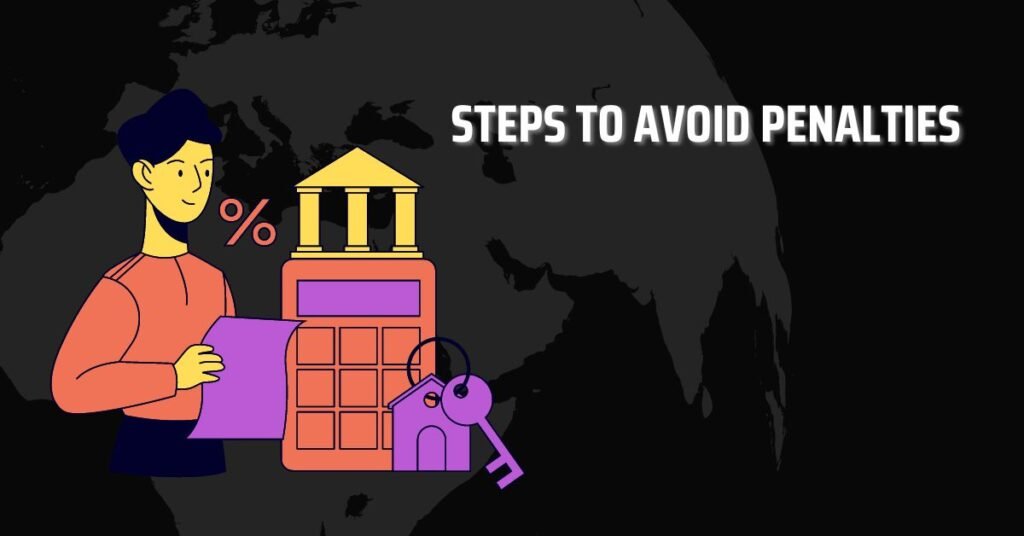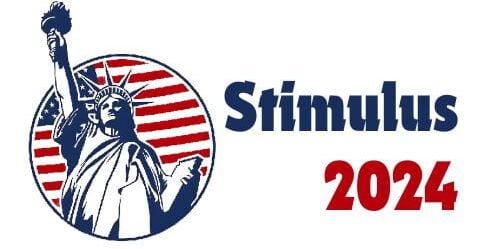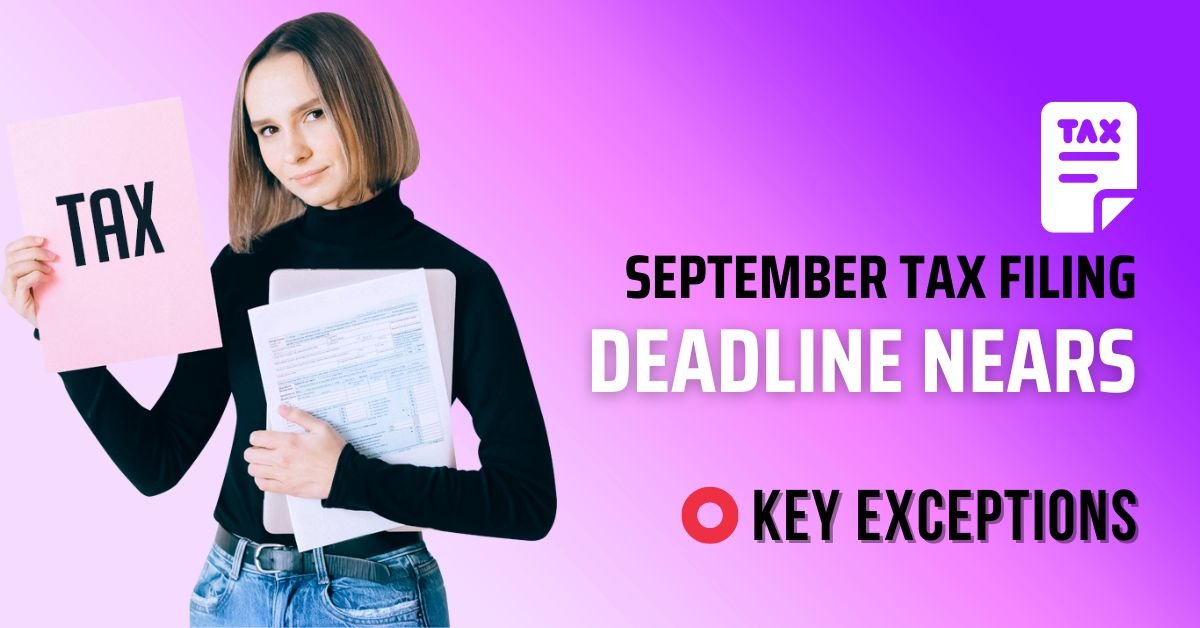As the IRS tax filing deadline in September draws near, there is comfort for persons and businesses in locations affected by disaster. The IRS has given an automatic extension to people living in affected areas due to natural disasters, which may mean you still have a chance to make your estimated tax payment.
Should you not be in a defined disaster area, then the September 16 deadline is important. Being self-employed, a retiree, or the owner of a business means it is imperative to understand the importance of this date and the potential penalties for missing it.
Who Is Affected?
For a lot of taxpayers, September 16 plays out like any other day, except for those who don’t have employer tax withholdings and who need to meet a significant deadline for estimated tax payments. This group includes:
- Self-employed individuals
- Retirees with income outside of Social Security
- Investors
- Business owners and corporations
Lacking an employer for tax withholding, these individuals are in charge of making estimated tax payments at multiple quarterly intervals during the year. The payment date on September 16 is the third of the quarter, and missing it can lead to charges for underpayment.
Also Read: America’s Retirement Crisis: Key Facts & What You Should Know
Why Does This Matter?
Your refund during tax season is no guarantee against penalties if you fail to make timely estimated tax payments as advised by the IRS. Here’s what the IRS says: “Even if a refund is expected when submitting a tax return, missed and delayed estimated tax payments can lead to penalties.” You cannot look forward to a future refund to escape the penalties for any missed payments that happen today.
If You Need to Pay
According to the IRS, estimated tax payments are required if:
- You expect to owe at least $1,000 in taxes for 2024 after subtracting any withholding and credits, and
- Your withholding and credits will be less than either:
- 90% of the tax shown on your 2024 tax return, or
- 100% of the tax shown on your 2023 return.
These rules help to confirm that taxpayers are contributing their just share of taxes all year round, rather than only at the conclusion. According to the IRS website, should you be unclear about your payments, the Tax Withholding Estimator tool is available to calculate your expected tax obligations.
Disaster Areas
Taxpayers who live in recently defined disaster zones can celebrate good news. The IRS has reflexively extended the tax deadlines for persons and businesses within these sectors, giving them more time to submit filings and make payments. As of September 5, these regions cover parts of 17 different states, Puerto Rico, and the Virgin Islands. Taxpayers in Arkansas, Iowa, Mississippi, New Mexico, Oklahoma, Texas, and West Virginia have a new deadline of November to submit their estimated tax payments.
The deadlines may change slightly according to the severity of the damage and the state involved, so it’s crucial to contact the IRS for details about your region.
Steps to Avoid Penalties

In order to avoid penalties, taxpayers need to ensure they are abreast of their quarterly payments. According to the IRS, the Tax Withholding Estimator available online provides a precise view of your tax responsibilities and allows you to prepare effectively. If you’ve not paid enough in prior quarters, you may wish to add a little extra to your final payouts to help lessen the penalties.
| Payment Date | What It Covers |
|---|---|
| April 15 | 1st quarter estimated tax payment |
| June 15 | 2nd quarter estimated tax payment |
| September 16 | 3rd quarter estimated tax payment |
| January 15 | 4th quarter estimated tax payment |
Also Read: $1300 Stimulus Check for Minnesota Residents in 2024: Are You Eligible?
IRS Resources for Help
The IRS is equipped to provide assistance to taxpayers concerning their estimated payments and reducing penalties. The IRS website has the necessary details, while their tax tools allow you to estimate the amount you should withhold.
In a nutshell, if you are an entrepreneur, someone retired with untaxed revenue, or the proprietor of a company, make certain that September 16 is on your agenda. Failure to see it could lead to financial penalties that could potentially be evaded with effective planning. Residents in areas struck by disasters should enquire with the IRS to see if there’s a deadline extension for them.
FAQs
Q. Who needs to make estimated tax payments?
A. Typically, anyone who is self-employed, a retiree, an investor, or a business entrepreneur needs to make estimated payments.
Q. What happens if I miss the September 16 deadline?
A. You might have to deal with penalties for underpayment, even if you’re eligible for a refund.
Q. How can I estimate my tax payments?
A. For precise computations, use the IRS Tax Withholding Estimator.

